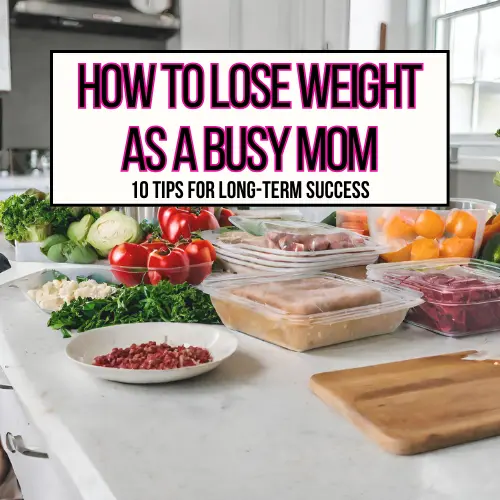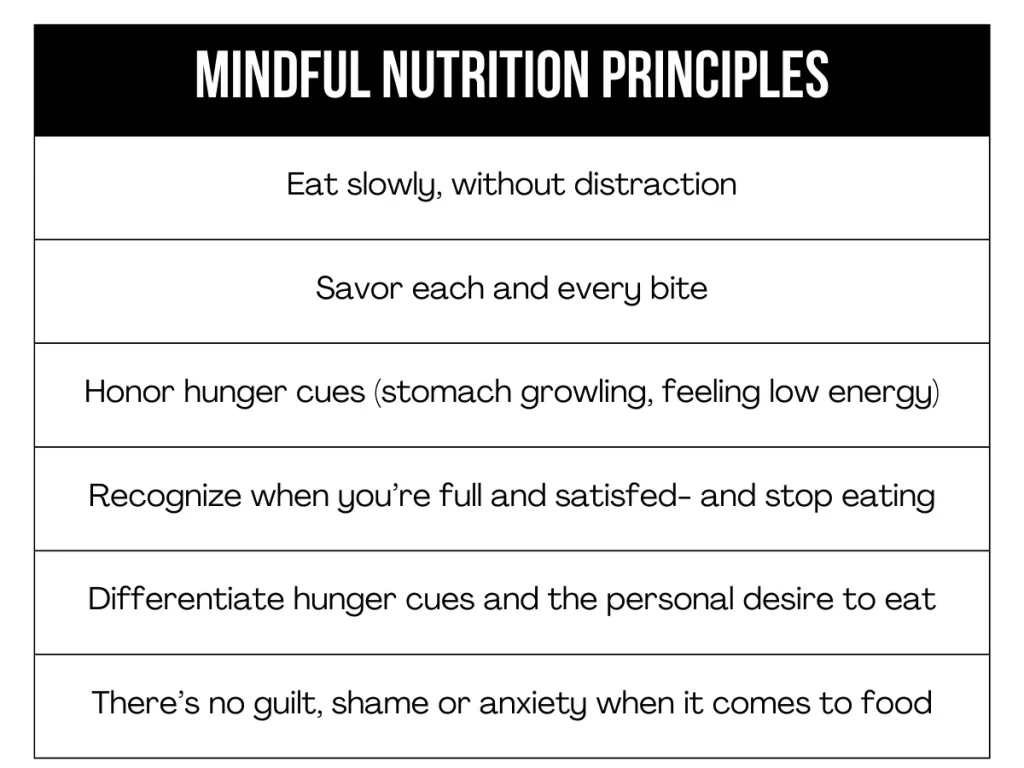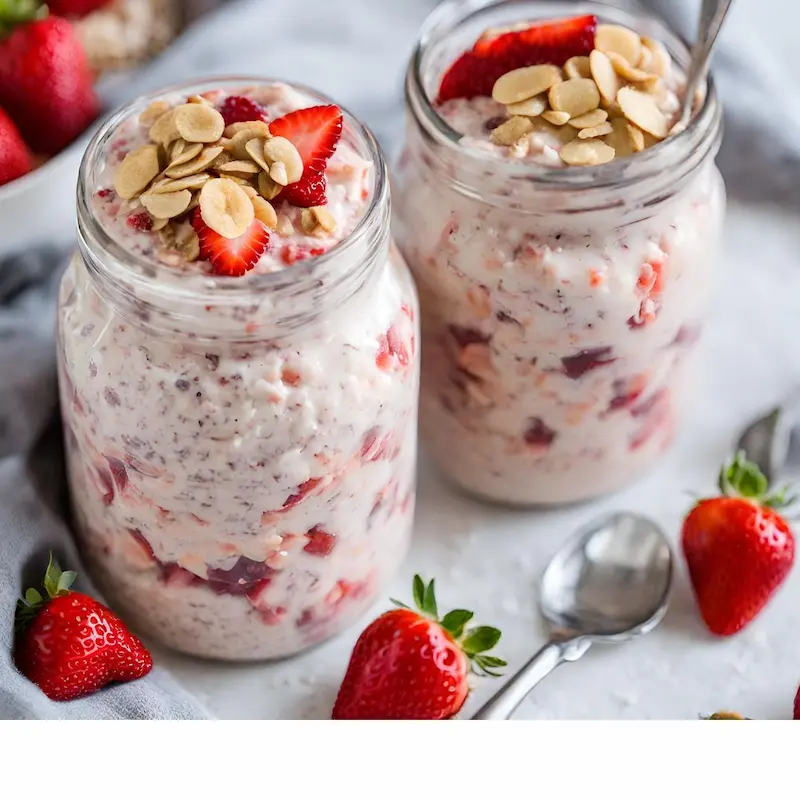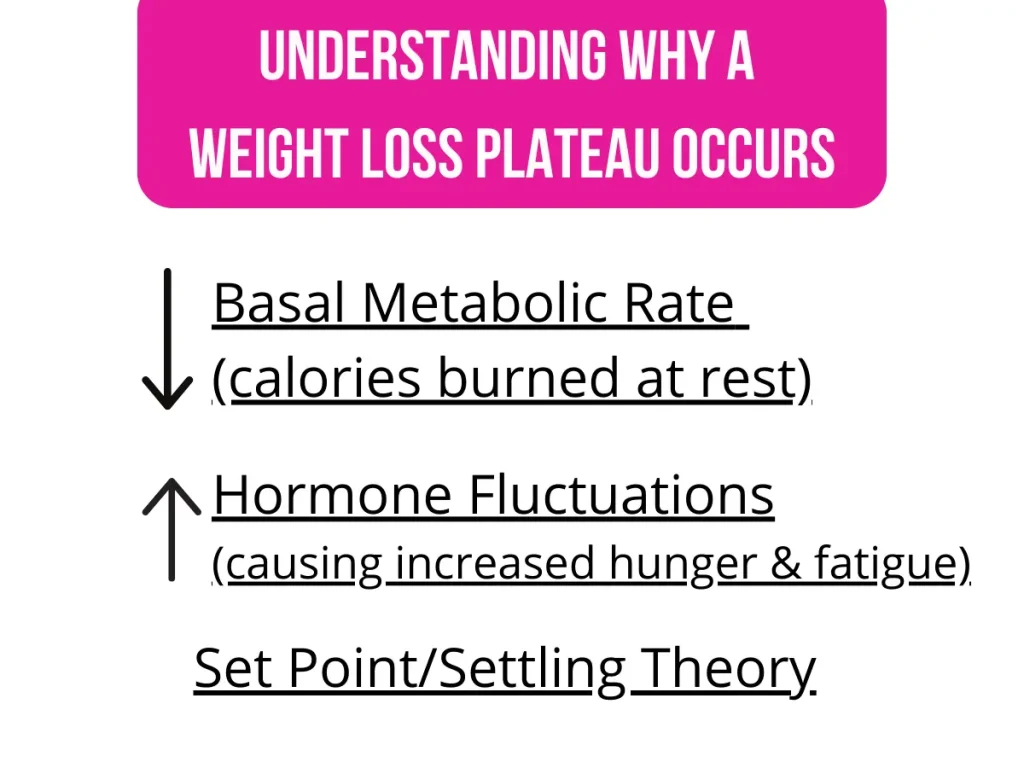As a dietitian and mom to two toddlers, some might say I have some experience with weight loss. Therefore, this post includes my top 10 tips on how to lose weight as a busy mom.

Starting a weight loss journey once kids are in the mix can be very challenging – I get it. As someone who gained over 50 pounds with my first child (and didn’t lose all of it until after my second), I have been there, too.
The truth of the matter is: there’s no one size fits all when it comes to weight loss. Everyone’s journey will be different, and some strategies might work for some but not for others.
That being said, this post will explore evidence-based strategies for long-term, successful weight loss. My entire site is dedicated to help busy moms prioritize THEIR health, so be sure to follow along! First and foremost, it starts with the right mindset. If you aren’t sure if you are ready to start a weight loss journey, read Healthy Lifestyle Mindset: From Contemplation to Commitment.
10 Tips to Lose Weight as a Busy Mom
Here are my top 10 tips when trying to lose weight as a busy mom. Like I said earlier, not all of these suggestions will be helpful to you.
Every mom’s lifestyle and journey is different. You might not have the time to workout, or meal prep – but I have some solutions for that!
If you want to lose the weight, and keep it off long-term – it’s important to understand that it might take time. Losing weight while juggling kids is no joke! So, please – give yourself grace and be realistic.
Let’s explore a few different options so that you can figure out what might work for you and your lifestyle.
1. Find a Sense of Consistency
First and foremost, consistency is key. You don’t have to workout everyday, starve yourself, or give up all your favorite foods to experience long-term weight loss.
Working out and eating healthy, of course, makes a huge difference. However, it’s not about perfection – it’s about relentless consistency.
Studies have shown that building and maintaining healthy eating habits can help people lose weight more consistently, even if it’s at a slower pace.
In summary- don’t give up if you’re not seeing quick results! Select weight loss strategies that are realistic, and that you can sustain for a lifetime.
2. Pick a Workout You Can Stick To
In order to be consistent, you have to pick a workout that makes sense for you and your lifestyle. For me, that’s at-home workouts. I don’t have the time to get to the gym with little ones at home!
For you, it might mean using a walking pad for 20-minutes at night while you’re watching TV. Or doing small, mini-workouts while you’re making dinner.
Studies have shown that exercising for at least 30 minutes a day leads to higher success with weight loss. The “best” workout is one that you will actually stick to – whether it’s a daily walk, an at home workout, or the gym for time away from your kids.
Feel like you don’t have time to workout at all? I have even created a cleaning AND workout schedule for inspiration – and it’s just 20-minute periods of time.
More Resources for At-Home Workouts:
— Best YouTubers for Women
— Heather Robertson Review
— Taylor Swift 4-Day Workout Program
— Easy, At-Home Workouts for Moms
This post does contain Amazon affiliate links, but I only promote products I love. At no additional cost to you, I receive a small compensation when a purchase is made.
3. Prioritize Protein and Fiber

Meals which are high in protein and fiber help slow down the digestion of our food, which keeps us fuller for a longer period of time.
Including at least 20-30 grams of protein at each meal may prevent mindless snacking throughout the day, therefore, decreasing your overall caloric intake.
Also, protein is especially important when trying to lose weight – because it helps to preserve lean muscle mass. This is the KEY to preserving our metabolism when in a calorie deficit (as long as calories aren’t below our basal metabolic rate).
Once you understand how to incorporate more protein into all of your meals (especially breakfast), it might just become a part of your lifestyle and help with long-term weight maintenance.
For More High Protein and Fiber Resources:
— 120 Grams of Protein Meal Plans
— High Protein and Fiber Meal Plans
— Easy Breakfasts with 30 Grams of Protein
— High Fiber Breakfast Ideas
4. Practice Mindful Nutrition

Mindful nutrition is the act of paying attention to our food, on purpose, moment by moment, without judgment. It is quickly becoming a recommended way of changing peoples’ eating behavior with food.
Some studies have shown that mindful eating could be a practical approach to weight control.
Further, eating mindfully helps identify and eliminate emotional eating by teaching us how to recognize our hunger and fullness cues.
If you’re someone who turns to food when you’re bored, lonely, or sad – learning how to practice mindful nutrition could be beneficial to you.
5. High Volume Meals – Adding More Fruits and Vegetables
If you’ve been trying to restrict calories but find that you’re just not satisfied after each meal – trying adding more instead of restricting. By selecting foods that are lower in energy density, a meal can appear much larger while still being low in calories.
This strategy assists with increased satisfaction after a meal. Research has shown that consuming a large volume of low-density foods can enhance the feeling of fullness and lead to overall decreased energy intake.
Some examples of low calorie, high volume meals are large salads, soups, a cauliflower rice bowl, or power bowls with a lot of vegetables!
6. Meal Prep and Planning

With a bit of preparation and planning, you might find that you’re opting for less processed and convenience foods. Take 5-10 minutes out of your week and come up with a plan for the next week.
Low calorie, high protein meal prep can help to control your intake while keeping you full and satisfied. Whether you prep one day a week, or for a shorter time a couple days a week- this strategy might also save you time and money in the long run.
Consuming a healthy, high protein breakfast can be super challenging as a busy mom. However, having a few meal prep recipes on hand can be helpful for an easy, grab-and-go breakfast.
Easy Meal Prep Ideas and Recipes:
— Easy, High Protein Meal Prep Ideas
— Low Calorie, High Protein Lunch Meal Prep
— 92 Lazy Sunday Dinner Ideas
— High Protein Breakfast Meal Prep


7. Prioritize Home-Cooked Meals
It’s no secret that eating home-cooked meals is healthier than eating out. Make it a priority to cook even if it’s throwing together frozen vegetables and microwaveable rice!
Similar to meal prep, batch cooking larger amounts of food can help make dinner easier on busier nights. For example, make extra chicken one night so you can use it again within the next 3 days without having to cook it!
For those nights where you don’t have a plan, or you’re just exhausted with meal planning all the time – throw together a simple protein bowl. Or, utilize slow cookers and one-pot meals for convenience.
8. Don’t Overestimate or Underestimate Calorie Intake

Calorie needs can be affected by a number of factors – and it’s difficult to determine those needs with 100% accuracy. However, a good “estimate” can be helpful with weight management.
The above image uses the Harris-Benedict equation to figure out an estimation of your daily caloric needs – much like the calculators you’ll find online.
If your goal is to lose weight, subtract 300-500 calories. When determining caloric needs, it is best to stay above your basal metabolic rate- or the calories your body burns at rest.
However, each person’s caloric needs are different! Work with a registered dietitian for a more specific and individualized meal plan.
It’s very common for people to underestimate their caloric intake, as counting calories is difficult to do accurately. Be mindful of portion sizes, and use a meal tracking app for increased awareness.
Meal Plans:
— 1600 Calorie High Protein Meal Plans
— 1700 Calorie High Protein Meal Plans
9. Manage Sleep and Stress

Various research studies have examined the link between weight loss, sleep and stress. It has been found that people who are sleep deprived are more likely to experience late-night snacking and choose unhealthy snacks.
Even further, both sleep and stress trigger the hormone cortisol – which may cause you to hold on to fat.
Figuring out time to prioritize self-care may help reduce your stress levels. It’s hard to find time for yourself when you’re juggling so many responsibilities (and that mom guilt rears it’s ugly head), but you deserve it!
If You’re Struggling with Mom Guilt and Self-Care Needs:
10. Be Patient and Gentle on Yourself
Give yourself grace, and understand that successful long-term weight loss as a mom takes time! You have to find a balance that will work for you and become a lifestyle change.
There are going to be times you aren’t perfect. It’s essential for our mental health to be able to go out and have dinner with the girls or a fun date night with your husband.
If you’re serious about your weight loss journey, a splurge day or night won’t make a difference as long as you have that relentless consistency.
Non-Scale Victories
It’s important to understand that losing weight is so much more than the number on the scale! You may have seen side-by-side pictures on social media of women who weigh more when they are physically fit, compared to when they weren’t.
There are so many factors which can affect our weight on a daily basis. I recommend avoiding the scale altogether, or only weighing yourself once a week (at most).
Look for gradual, consistent changes every 2-4 weeks.
Ways to Measure Weight Loss Without the Scale:
1. Your clothes fit differently.
2. You recognize when you are feeling full, and stop eating.
3. Mindless snacking has decreased.
4. You’ve found new ways to cope with your emotions, besides eating.
5. You have more energy.
6. You have more confidence.
7. There’s less stress about food- you simply just enjoy eating. Food doesn’t have any control over you, and your day isn’t dictated by a food being “good” or “bad”.
Dealing with Weight Loss Plateaus

Unfortunately, weight loss is not linear – it doesn’t occur in a straight line. Weight loss plateaus are a normal part of the weight loss journey.
Whenever you lose weight, your body takes time to adapt. Plateauing for a week or two doesn’t mean you’ve done anything wrong. In most cases, you can just continue what you’ve been doing.
If your plateau lasts for more than a couple of weeks, it might be time to shake things up a bit. Heavier weights, different movements, or small changes in your diet.
Wishing You the Best
All of these suggestions could work for someone trying to lose weight. Even just choosing ONE of these strategies could be what works for you!
I hope this post inspires you while you’re on your weight loss journey. You will get there by setting realistic expectations combined with relentless consistency!
Here at Moderately Messy, it’s not about perfection – we’re all just trying our best to prioritize our health. Subscribe for more evidence-based info to prioritize YOUR health.


